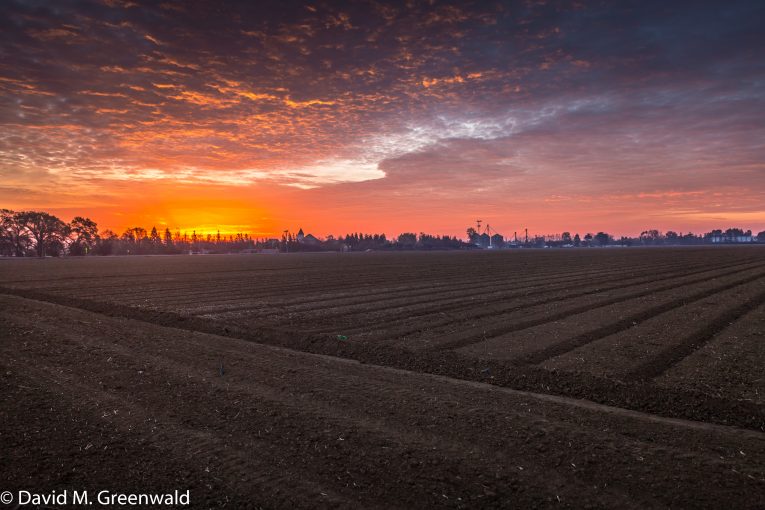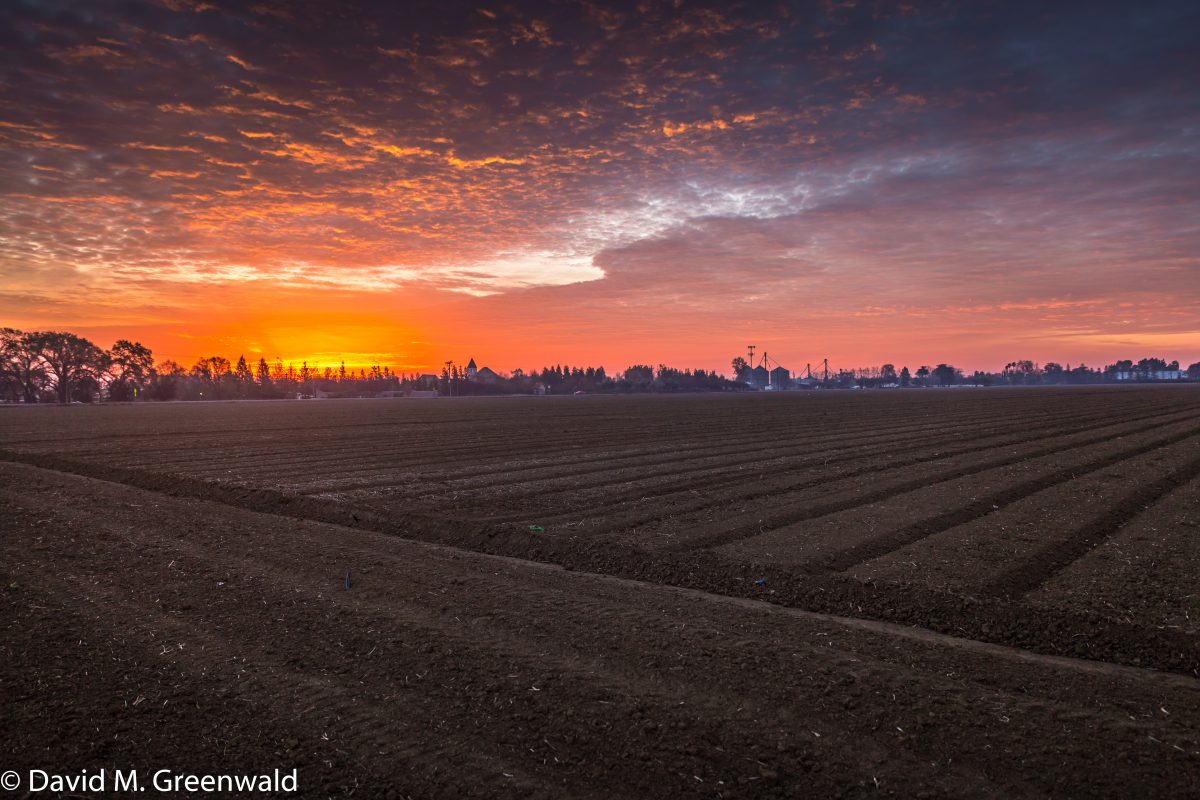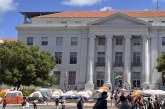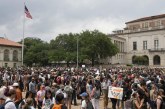

Letter dated December 5, 2023
To Eric Lee, Senior Planner
RE: Roman Catholic Bishop of Sacramento/ 2021-2028 Housing Element Update
Dear Mr. Lee:
This firm represents the Roman Catholic Bishop of the Diocese of Sacramento (the “Diocese”) in connection with various real property matters. We understand that the City of Davis is in the process of updating its Housing Element and rezoning various sites to meet its Regional Housing Needs Allocation. One of the sites under consideration and located at 1000 Montgomery is owned by the Diocese (the “Diocese Property”). We request that the Diocese property be eliminated from this rezone effort for the reasons stated hereafter.
The Diocese acquired the Diocese Property several decades ago in anticipation of building a new parish church and elementary school to serve the citizens of Davis. The Diocese currently operates Saint James Parish and Elementary School in Davis and has anticipated the need for a second parish and school for many years. The 10-acre site at Mace Blvd and Montgomery is, based upon the Diocese experience, an ideal size to accommodate a church, parish hall, elementary school with gymnasium and play fields, along with necessary parking and other requirements.
It is difficult, and often economically impossible, to construct a parish site without significant advance planning. Ten-acre sites are rare in developed communities, so  acquisition far in advance of actual construction and in advance of the development of the surrounding community is often required, as was the case with this site. The Diocese has held this site for decades in anticipation of developing the site to serve the community. As we understand it, the proposed rezone would eliminate any possibility of developing the property for Church and school uses. Current zoning allows for the development of the Diocese intended use.
acquisition far in advance of actual construction and in advance of the development of the surrounding community is often required, as was the case with this site. The Diocese has held this site for decades in anticipation of developing the site to serve the community. As we understand it, the proposed rezone would eliminate any possibility of developing the property for Church and school uses. Current zoning allows for the development of the Diocese intended use.
The Diocese understands the City’s predicament with complying with State requirements, but the proposed rezone would wholly eliminate the Diocese intended use. If the rezone could be more narrowly tailored to allow construction of a Church and School, even as conditionally permitted uses, that might be workable. However, the rezone as proposed would entirely wipe out decades of advance planning by the Diocese and render the site unusable for Diocese purposes. Given the difficulty and expense of identifying, acquiring and constructing a 10-acre parish site in a suitable location, eliminating this site would likely significantly delay or eliminate the Diocese prospects of providing an additional parish within the City of Davis. We ask that the 1000 Montgomery site be eliminated from further consideration for rezoning.
We question why staff proposes to apply two different zonings to this single, 10-acre parcel. A portion of the property would retain its existing zoning, but that portion would be an approximately 5 acre L-shaped portion running along the North and West sides. That obviously would not work for the Diocese intended purposes. Moreover, it would pose development challenges even for development of a single-family residential project. The other approximately 5-acre portion of the site is proposed to be restricted to high-density product. So, not only would the rezone eliminate the Diocese plans for a church and school on the site, it would change a 10- acre, rectangular, easily developable parcel into two oddly configured portions of an overall property, with each portion restricted to different uses (i.e. single family on the L shaped portion and high density multi-family on the remaining rectangular portion). If the rezoning is implemented such that the Diocese intended use is prohibited and the Diocese was thereby forced to market this single parcel, they would need to find the rare developer of both single family and multi-family units who finds the staffs independently proposed L-shaped zones attractive. The diminishment in value to this parcel is obvious and would be substantial.
Importantly, the Diocese site is not an ideal site for high density housing and is unlikely to be developed for those uses. It is located in the southeastern section of Davis, abutting the City limits. Legal Services of Northern California argued that there is an overconcentration of proposed sites in this area. We agree. Moreover, this site is not compatible with high-density housing. It is surrounded by low-density single-family housing on two sides and by agricultural uses across the streets in the unincorporated County area on the other two sides. It is not adjacent to transit, nor adjacent to services, and can hardly be described as walkable. The nearest employment and shopping is almost a mile away, near the Mace Blvd/Hwy 80 interchange. Mace Blvd is a heavily traveled, major arterial, utilized by residents and agricultural users alike. Pedestrian safety along Mace Blvd, particularly in the mornings and at school crossings, has been a long-standing issue. The site has none of the attributes typically associated with high-density housing. More suitable sites surely exist within Davis, such that the 1000 Montgomery site can be eliminated from the list.
Finally, we believe that the use of a Negative Declaration for CEQA purposes is insufficient and likely subject to challenge. While we have not analyzed all of the 16 proposed sites, we are familiar with our own site. A fair argument can certainly be made that rezoning this property to a density six to eight times greater than currently exists will result in greater traffic (measured in Vehicle Miles Traveled) and associated air quality and GHG impacts than current zoning. Given the limited parking required/allowed under the proposed zoning, parking impacts within the existing neighborhoods can be expected. Sextupling density logically increases noise impacts, public service impacts (i.e. school enrollment, fire services, police services, etc.). Compatibility with adjacent agricultural operations should also be considered. Multiply these issues over the 16 sites and the use of a Negative Declaration becomes more questionable.
The Diocese respectfully requests that the City Council eliminates the Diocese Property at 1000 Montgomery from further rezone consideration. The Diocese wishes to retain the ability to build a future parish church and elementary school at this site, as they have planned for decades. The Diocese Property is not an ideal location for high density housing due to its location, the surrounding uses, the lack of nearby employment and/or services, and the lack of transit opportunities. The Diocese wishes to remain a meaningful contributor to the City and to expand its presence over time beyond the currently operating Saint James parish.
Thank you for your attention to our request.
Signed:
Michael J. Cook
HEFNER, STARK & MAROIS, LLP






So the church wants to build a school in Davis. Is this all the more reason to downsize the DJUSD?
Not that I oppose knocking down a school if necessary….but I think a church wanting to build a school is an apples to oranges kind of thing. Yes they’re both schools but a new church school really shouldn’t have much to do with what the public schools plan to do.
Yes, but if the church were to build a school it would draw students away from an already dwindling DJUSD student population.
That’s probably not very likely. The bigger issue however is that they’ve had the land for decades and there are no plans at this time for a school.
Of the two Keiths I’m in agreement with Echols. It really is apples and oranges. Also, I am assuming that the Diocese would not be adding a second school to Davis, but rather moving the current St. James school from its current location to the new location. If that is indeed their plan, it really doesn’t make any logical sense. St James is centrally located … in easy walking/bicycling distance to a huge proportion of the Davis population. The Mace/Montgomery location is remote from the vast majority of Davis residents. That would mean less bicycling to school, more helicopter parenting, more greenhouse gasses and more traffic congestion. I’m amazed that the Diocese doesn’t see that themselves.
Sounds to me like this property was purchased (pre-measure J) and ‘banked’ in expectation of Davis being a much larger City than it actually is today. This is obviously not intended to replace St. James, but to become a second parish and school site when the City is large enough to justify it. The cost to the Diocese of keeping the land ‘in bank’ for decades is trivial compared to trying to buy something similar today, or in 20 years when it is needed.
I think that is a good/accurate historical assessment Mark. At the time they purchased it the population growth trajectory was very different than it is now. In addition the affordability of Davis for young parents of elementary school age children is much, much less affordable. And the precipitous decline of birth rates compounds the effect of those two factors.
As a result, the chances of Davis ever getting to a point where it can/will support two Catholic TK-8 schools is somewhere between slim and none and slim was last seen leaving the building.
It is worth mentioning that the St James School website says “Serving the communities of Davis • Dixon • Winters • Woodland” That would seem to indicate that they are already throwing a wide net in order to simply fill the classrooms at St. James.
I suspect the school plan is at least in part to serve the Migrant Housing Center to the south. Many farm workers are Catholic and the church has historically served this population.
That is an interesting idea Richard. Given the seasonal nature of when migrant workers (and their families) fill that Housing Center, will that provide a stable cohort of students for the TK-8 school?
It is a shame we don’t have Bill Marshal posting here any more, He could provide us with really solid information on this. Bob Dunning can as well.
See my comment on the UCC rezone opposition:
https://www.davisvanguard.org/2023/12/letter-university-covenant-church-opposes-proposed-housing-rezone/#comment-477652
I was surprised that the Catholic Church property on C St. and Russell wasn’t included as a site for redevelopment as housing. I don’t know why it wasn’t included but it seems like a perfect place for infill housing.
Breaking news … one can’t help but wonder whether the Diocese will be forced to divest itself of the 10 acre parcel as an asset needed to settle the claims.
I saw that last night and was wondering the same thing. Checking on that.
Dasvid, you might also want to check with Legal Services of Northern California about their perspective on how a forced divestiture could/would impact housing affordability. They would seem to be a very interested party in seeing that happen.